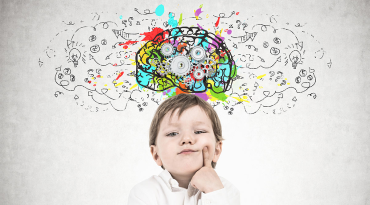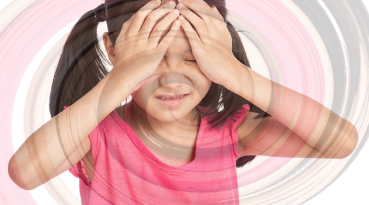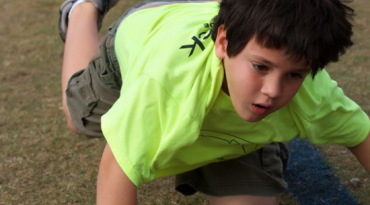Welcome! You’re probably here for one or more of the following:
• You have experienced symptoms such as headaches, blurry vision, dizziness, or anxiety over a short or extended period of time
• You have seen one or more specialists for your symptoms and nothing seems to help
• You have experienced a concussion or traumatic brain injury (TBI) You have been diagnosed with ADHD, dyslexia, other learning disabilities
• You were asked by a friend to “just take the test”
With all the information available online, you may be quick to believe your child has a serious medical condition or learning disability. Before rushing to conclusions, however, let an expert assess the situation. After all, it may just be their eyes.
YOUR CHILD MIGHT HAVE BINOCULAR VISION DYSFUNCTION (BVD)
Children suffering from BVD have a small amount of visual impairment not found on routine eye exams. This can be the result of something they are born with (congenital) or an injury sustained from activities such as sports or bike rides. The amount and severity of symptoms are different for each child; but for some, it severely impacts their quality of life, causing many restrictions on what they can do.
Browse by the Common
Symptoms of Binocular Vision Dysfunction
Common Behaviors and Symptoms for Children with BVD:

Ages 4-8 years old
- Dysgraphia - AKA poor handwriting, this may come in the form of spacing, writing letters too big or small, etc.
- Difficulty reading – This may look like reading books close to their face, having trouble seeing classroom boards, having a balanced study stream, etc.
- Avoiding activities – Children who experience social anxiety in public places or consistently do not want to play with their friends may need to see a vision specialist.
- Spatial awareness and depth perception – This may involve playing with toys very close to their face, sitting close to the TV, frequently bumping into objects, difficulty catching balls, frequent squinting to see, etc.
- Difficulty identifying shapes, colors, and numbers that are age-appropriate
- Stomach aches and headaches at school or away from home
- Light sensitivity
- Covering one eye to see
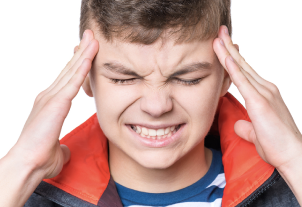
Ages 9-13 years old
- Spatial awareness and depth perception – This may involve playing with toys very close to their face, sitting close to the TV, frequently bumping into objects, difficulty catching balls, frequent squinting to see, etc.
- Trouble in school - Having difficulty completing homework due to headaches and nausea, repeatedly reading the same things over and over, difficulty with reading comprehension, verbal skills that are ahead of reading skills, etc.
- Photosensitivity – AKA sensitivity to bright lights, this could look like closing one eye to make it easier to see, blurred vision when using the computer, frequent blinking, etc.
- Blurred vision or tired eyes when looking at the blackboard in class, etc.

14 years and older
- Having a “headache routine” – any headaches that occur more often than usual, are more severe than usual, or don’t improve with the appropriate use of over-the-counter medications should be investigated by a doctor or vision specialist.
- Difficulty reading and learning
- Problems focusing at school and home
- Dizziness
- Nausea
- Anxiety
- Sensitivity to light
- Difficulty with balance / unsteady walking
- Pain in the neck
- Frequent head tilt
- Motion sickness
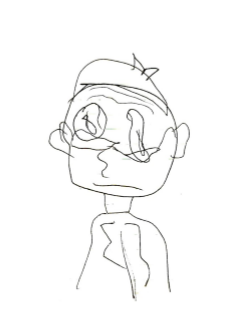
Before BVD Exam

After her Exam, with her new aligning lenses
WHAT IF YOUR CHILD THINKS THIS IS NORMAL?
Meet RuthAnn
Seven-year old RuthAnn was having difficulty reading and paying attention in school. When she visited Vision Specialists of Michigan, she was asked to draw a picture of her doctor prior to her exam (image on left). Ruth has Binocular Vision Dysfunction and was able to receive help from our NeuroVisual Specialists. After her exam, RuthAnn drew the picture on the right of her doctor while wearing her new prescription.





